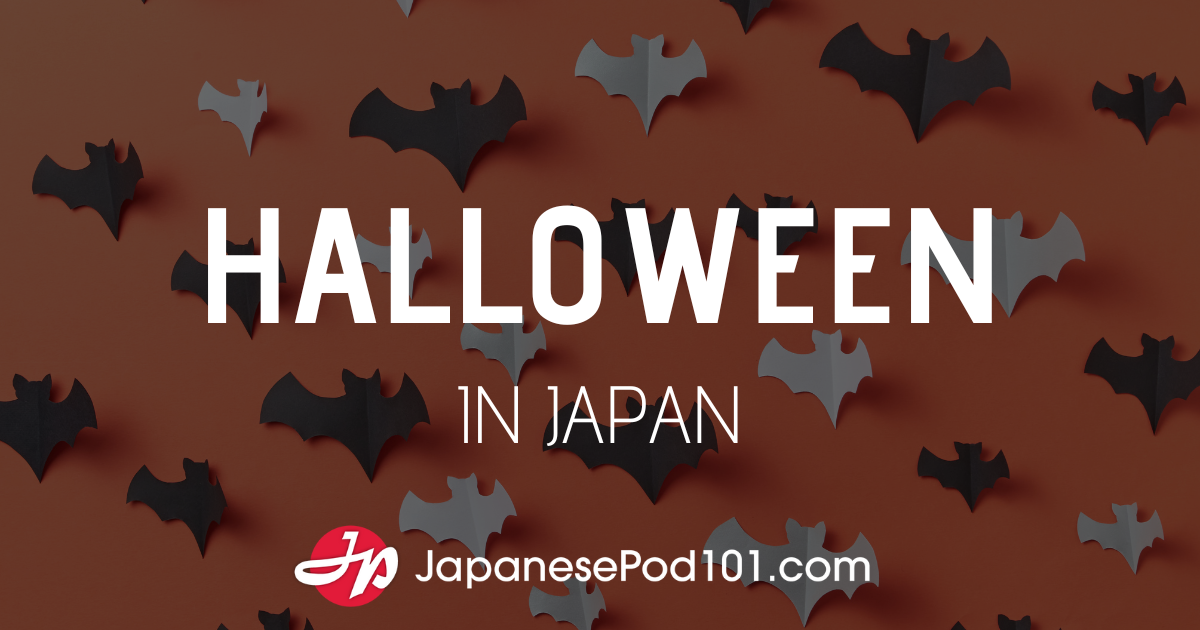| Quick Links Welcome to Kanji Curiosity | The Basics | Glossary |
Today we start with a zoology question—or zoology mixed with kanji! What do you get when you combine a fish with a sheep and then add makeup? OK, I realize this sounds like the asinine lipstick debate that dominated the 2008 U.S. elections for too long. In fact, it was so asinine that I can’t even remember why there was a controversy. Glad that’s been pushed out of my head. Now I have about two more brain cells that can accommodate kanji.
Let me restate the question about the dolled-up fish-sheep hybrid. What could the following mean?
鮮紅
As you may know, 鮮 combines a fish (魚) and a sheep (羊). Somehow, they join to mean “vivid.” We saw 鮮 in the first question of the March contest.
Meanwhile, as we discussed last week, 紅 (KŌ, beni) means “crimson” or simply “red.” With the kun-yomi of beni, 紅 can also mean “rouge” or “lipstick,” both when standing alone and in compounds:
• 口紅 (kuchibeni: mouth + lipstick) means “lipstick.”
• 頬紅 (hōbeni: cheek + rouge) means “rouge, blusher.”The first kanji isn’t Jōyō.
Sample Sentence About Makeup …
But does 紅 mean “rouge” in 鮮紅? No, I don’t believe the fish and sheep are wearing makeup in this case. Here’s how the compound breaks down:
鮮紅 (senkō: scarlet; bright red) vivid + crimson
This word means “scarlet.” That is, “scarlet,” as in “scarlet fever,” which you can represent by combining 紅 and 熱 (netsu: fever). But you also need another kanji—the one for “orangutan”!
猩紅熱 (shōkōnetsu: scarlet fever)
orangutan + crimson + feverThe first kanji is non-Jōyō.
Did someone, somewhere, think that orangutans gave humans scarlet fever?! (Or vice-versa?!) I haven’t come close to solving this mystery, but here’s what I do know: 猩 also means “canine barking” in Japanese. In Chinese, it means “ape.” And when the Chinese double this character, writing 猩猩, that can mean “orangutan” but it also represents an imaginary animal, a kind of ape that understands human languages and loves drinking alcohol.
For more hairy beasts associated with redness, see the link.
From Pink to Crimson
We saw last week that 紅 originally meant “pink” and then darkened over the years, becoming “crimson.” And yet this kanji still plays a role in compounds for colors along that spectrum. All of those compounds feature this at their core:
紅色 (kōshoku or beniiro: redness) crimson + color
To lighten or darken this redness, we simply need to hang a kanji off the front end. But which kanji?
You can turn red into pink by making the color thinner:
淡紅色 (tankōshoku: pale crimson) thin + crimson + color
The first kanji is not the common way of writing “thin”; that’s 薄 (usu(i)).
And you can also create pink by retreating from the darkness of red!
退紅色 (taikōshoku: pink) to retreat + crimson + color
Meanwhile, making the redness darker is a little more logical to Western minds:
暗紅色 (ankōshoku: dark red) dark + crimson + color
深紅色 (shinkōshoku: scarlet; deep crimson)
deep-colored + crimson + colorWith this last word, we’re back to scarlet, but this time in a beast-free way. We’ve also got a bit of a tongue-twister on our hands!
Floral Crimsons
Last week we spent lots of time talking about red leaves. As you may recall, crimson + leaves, or 紅葉, can mean “leaves that have turned in autumn” (when the yomi is kōyō) or “Japanese maple” (when the yomi is momiji).
But what could crimson + flower be? Wow, there are too many red flowers to name. Roses come to mind first. Then tulips. Also certain lilies, geraniums, bee balm, cardinal flower, steeplebrush, bottle brush, wild Columbine, Indian paintbrush, and far more, I’m sure. (No, I didn’t think of most of those on my own! I found these charming paintings of red flowers.) But here’s one I would never think of: safflower! And in Japanese, that’s the word that gets top honors as “crimson flower”:
紅花 (benibana: safflower) crimson + flower
A stunning choice by the kanji gods! But maybe safflowers get top billing because, according to Wikipedia, “Geishas wore lipstick made of crushed safflower petals to paint the eyebrows and edges of the eyes as well as the lips.” Then again, not all makeup comes from exalted sources: “The geisha would also sometimes use bird droppings to compile a lighter color.” Eeeeek!!! Anything for beauty, I suppose, but … really?!
Want another (less gross) surprise? The compound 紅花 is also the way to write the name of a chain restaurant. Which one? You’ll find out when you get to the Verbal Logic Quiz.









